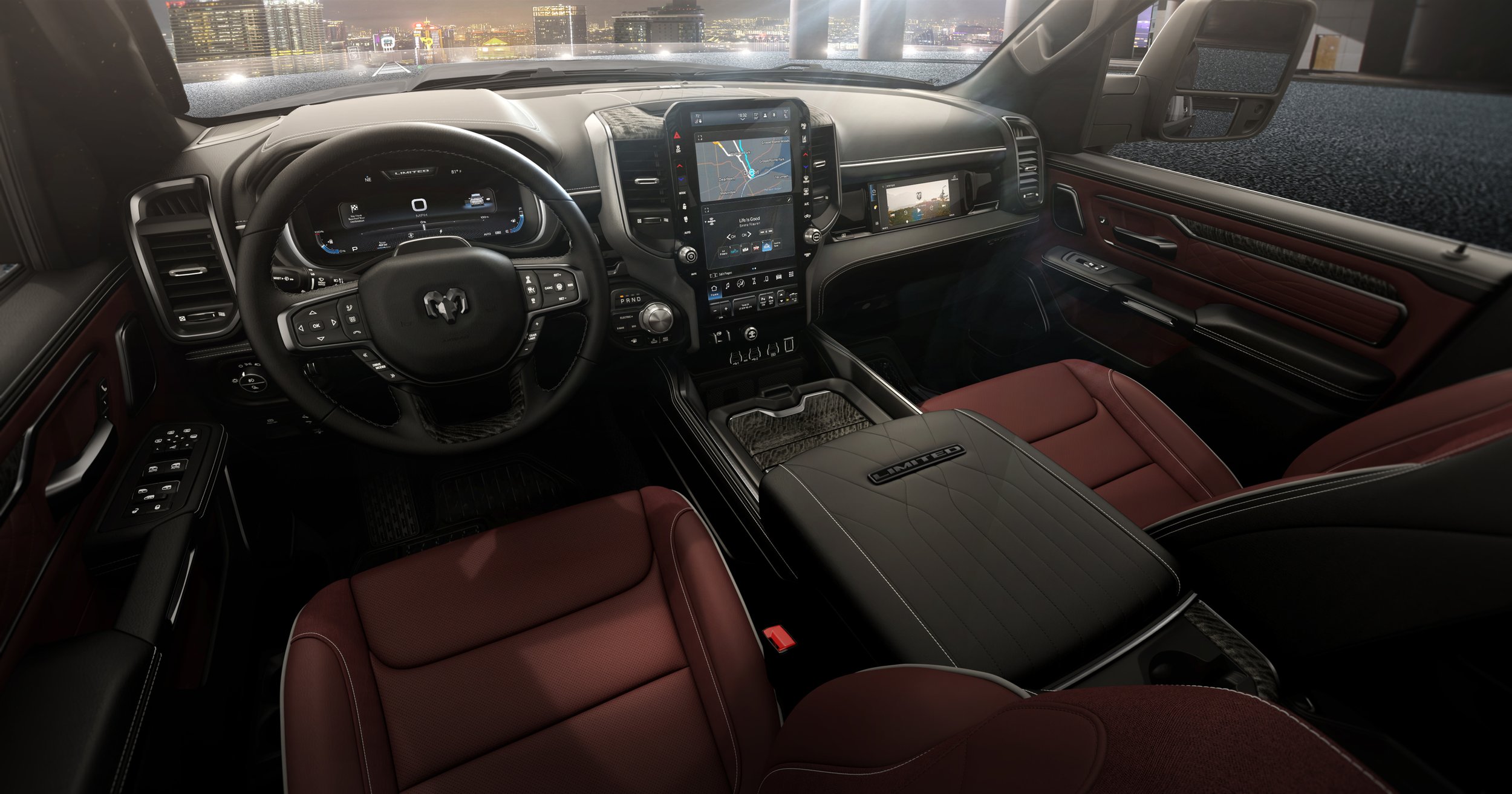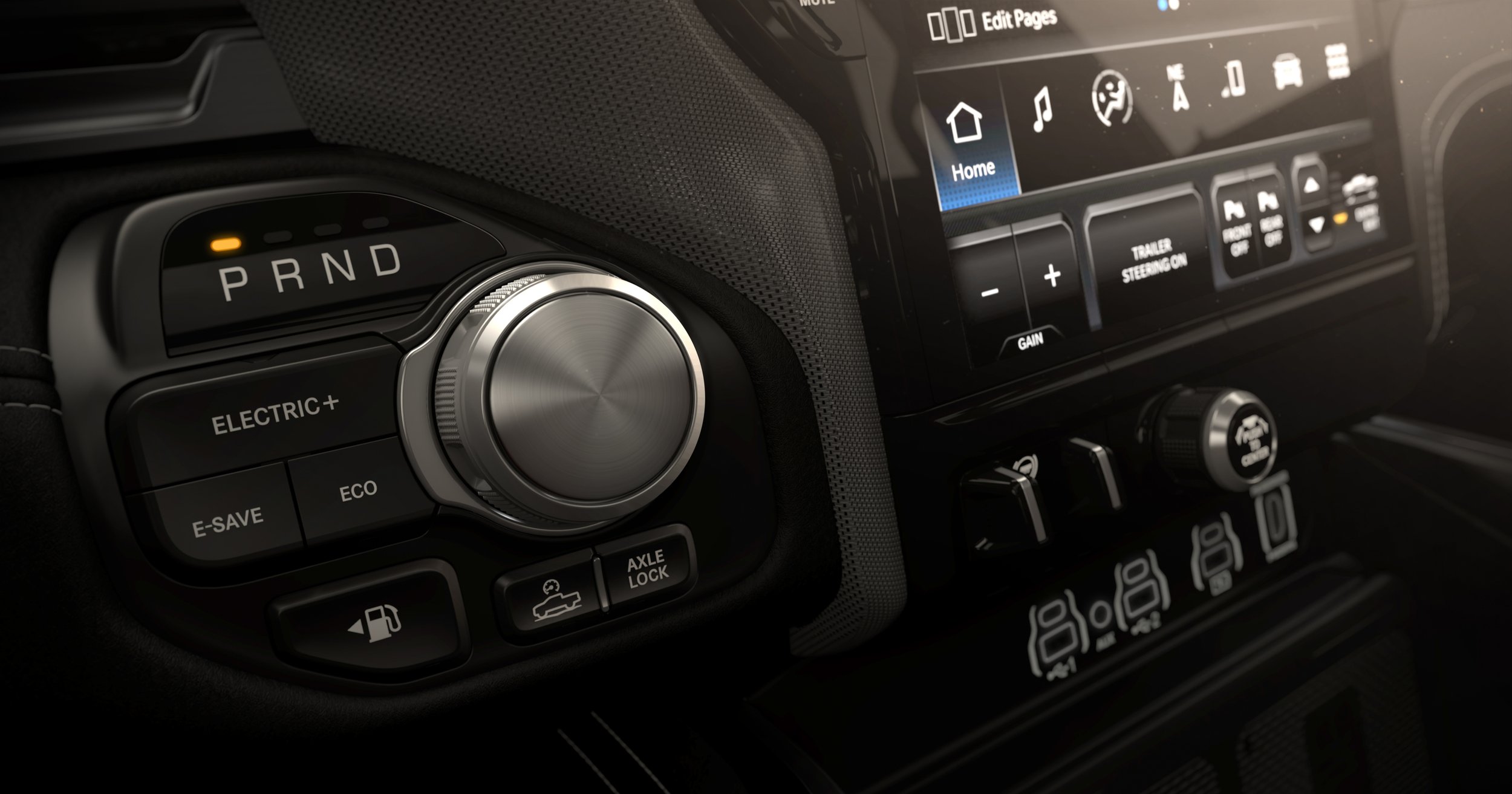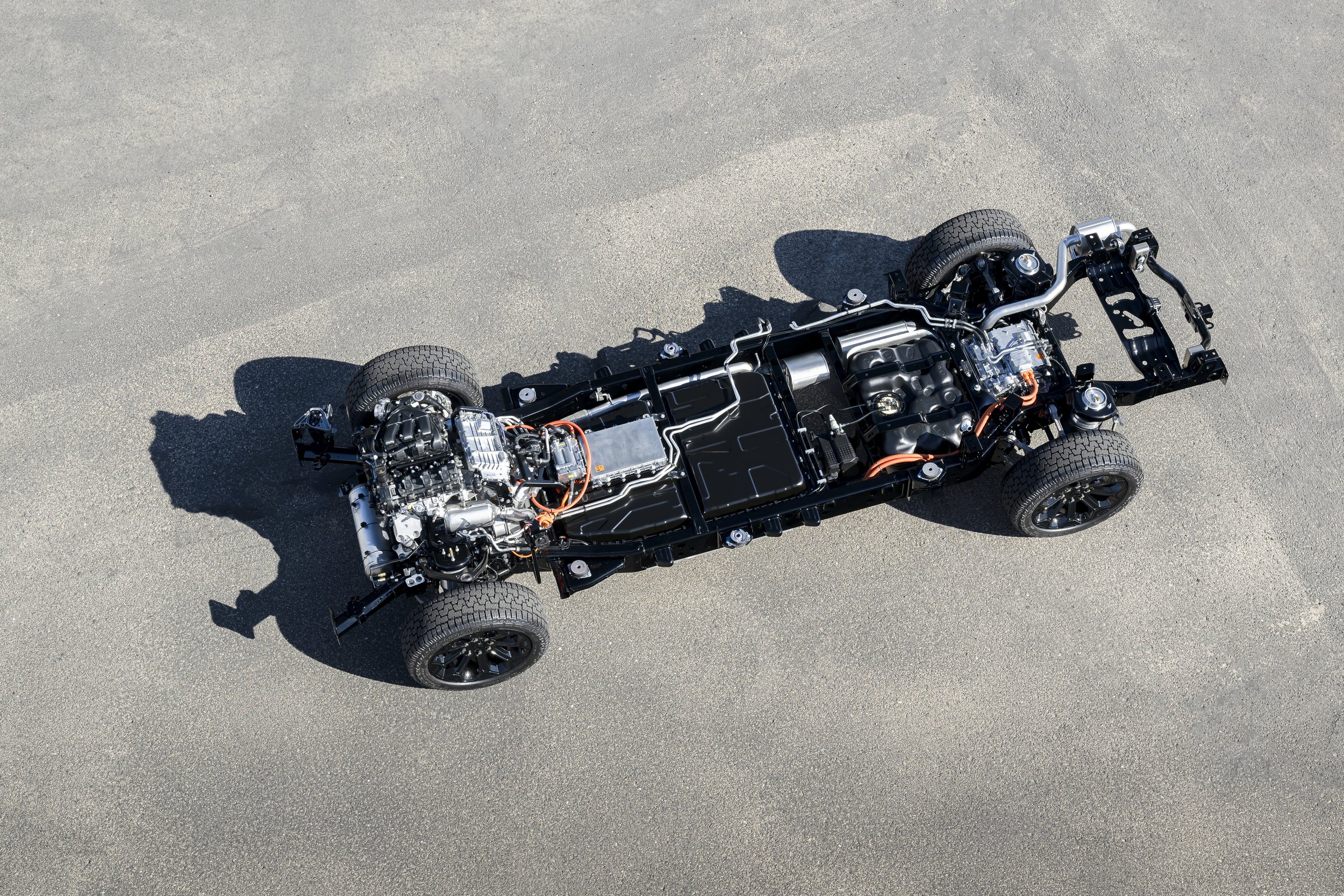2025 Ram 1500 Ramcharger – A Rational Step Toward Electrification
By Edward A. Sanchez — Nov. 7, 2023
Many pixels and words have been spent on The Watt Car on both the blog and podcast about the insufficiency of current BEV trucks for most users’ needs. Up until now, there has not been a mass-production plug-in hybrid option in the full-size market, bridging the gap between trucks like the F-150 PowerBoost and Tundra i-Force Max and the F-150 Lightning, Rivian R1T, Silverado EV, and the announced Ram 1500 REV full BEV. It seems like Stellantis was listening, though, and Ram has announced the 2025 Ram 1500 Ramcharger, a PHEV full-size truck with more than 600 combined system horsepower, and 14,000 pounds of maximum towing capacity.
An interesting twist with the Ramcharger is that the internal combustion engine acts only as a generator. It has no direct mechanical connection to the drive wheels. In this sense, it is the full-size pickup equivalent to the Chevy Volt. OK, EV nerds, I know what you’re going to say already. Yes, it’s true that in some conditions and drive modes, the Volt’s engine would drive the wheels directly. But most of the time, the engine acted as a generator…
Moving on.
Rather than reinventing the wheel with an exotic new engine to act as a generator, Stellantis pulled the trusty, proven Pentastar 3.6L V6 off the shelf. Although that may seem like a smallish engine for a full-size truck (even though it’s been offered in the Ram 1500 for a decade now, and provides sufficient power for light-duty use), it’s not working alone. The Ramcharger features a 250 kW (335 hp) front motor and 238 kW 319 hp rear motor. The generator attached to the engine is rated at 130 kW (174 hp). As compared to the comparatively tiny 1.5 kWh pack in the F-150 PowerBoost or 1.87 kWh pack in the Tundra i-Force Max, the Ramcharger’s battery is a substantial 92 kWh (70.8 kWh useable in all-electric mode), enabling a 145-mile electric range or claimed combined range of 690 miles.
The Ram 1500 Ramcharger packs a triumvirate of punches under its skin, with an ICE engine and two electric motors doing the heavy lifting.
Adding it all up, Stellantis is claiming total system output of 663 hp and 615 lb-ft of torque, maximum towing capacity of 14,000 pounds, and a payload of 2,625 pounds. That power enables a claimed 0-60 time of just 4.4 seconds, not far off from the chest-thumping TRX – more on that later.
DC fast charger support allows for the ability to add up to 50 miles of electric range in just 10 minutes, according to Stellantis. Like the F-150 PowerBoost, the Ramcharger offers up to 7.2 kW of exportable power, and two-way charging, enabling emergency household backup power, although details on how Stellantis plans to integrate this feature into home electrical systems remains vague.




Pricing has not yet been announced, but don’t expect it to be cheap. A starting price in the $70,000+ range is likely. But considering its substantial capabilities and for the moment, class-exclusive functionality and capability, it’s not an altogether unreasonable ask.
Elsewhere in the 2025 Ram 1500 lineup, the Hemi is officially dropped in favor of two versions of the Hurricane twin-turbo 3.0L I-6, one rated at 420 hp and 469 lb-ft, and the high-output version rated at 540 hp and 521 lb-ft. The Hellcat-powered Ram 1500 TRX will be replaced with the Ram RHO, which will reportedly feature a version of the Hurricane I-6.
I speculated in Episode 143 of The Watt Car EV podcast that the Hurricane could be supplemented by some sort of hybridization to boost output beyond that of the TRX, at least partially placating complaints of TRX fans that killing off the Hemi has emasculated Ram’s Alpha-Bro image.
I expect it won’t be long until we see a PHEV variant of the F-150 and Silverado, as I expect the Ramcharger to be very popular. Although PHEVs have their critics, there are some use cases where they make a lot of sense, and full-size trucks is one of them.
(Images courtesy Ram)








